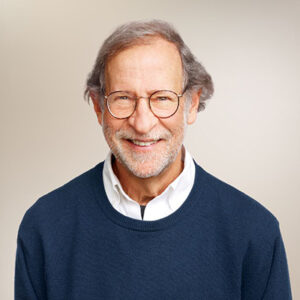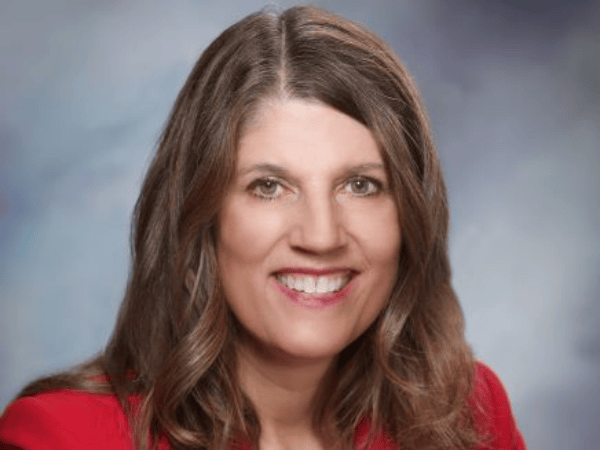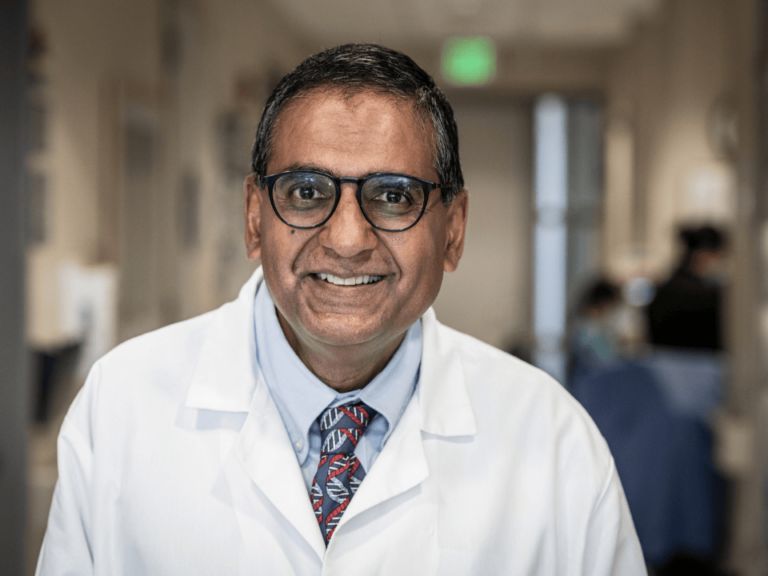Nearly five decades ago, I joined City of Hope’s nascent bone marrow transplant (BMT) program, which focused on improving outcomes for patients with advanced leukemia.
The program had been started by Ernest Beuter and Karl Blume with the support and guidance of our colleagues in Seattle, especially Don Thomas, the 1990 Nobel laureate in medicine. We were one of only a few programs in the United States to pursue what was then a controversial therapy fraught with challenges, in patients with desperate and often terminal diseases.
Over the years, in large part due to the research of scientists and transplanters across the country, often with funding support from the NIH/NCI, transplant has become a therapy with curative potential for many patients with acquired and genetic disorders of the blood and immune system.
One of the most troubling side effects of transplanting a donor-derived hematopoietic and immune system, is graft-versus-host disease (GVHD). GVHD results when the donor’s immune cells recognize antigens on the patient’s organs as foreign and attack them.
These patients require immune suppressive medications to induce GVHD tolerance. But initial studies from Seattle, subsequently confirmed by the Center for International Blood and Marrow Transplant Research (CIBMTR), noted that patients receiving transplant from an identical twin had worse disease outcomes than patients with siblings or unrelated donors, with the best disease control seen in patients exhibiting GVHD.
This suggested that the immune recognition of the patient’s cancer by the donor was beneficial, despite the risks to other organs. This led to research focused on how to augment the graft-versus-tumor effect in helping to cure the patient’s underlying malignancy, while minimizing the harmful effects of GVHD.
As hematopoietic cell transplantation (HCT) became the standard of care for many cancers of the blood and marrow, scientists explored new ways to harness and refine the immune system’s anti-cancer potential, inspired by a preclinical observation made by Professor Zelig Eshhar at the Weizman Institute. He showed that T cells could be modified to recognize tumors and exert an anti-tumor response.
Based upon this, and other observations, scientists developed chimeric antigen receptors (CARs), which when introduced into T cells, could recognize and attack cancer cells. By genetically modifying immune cells to target specific cancer-related antigens, scientists in the field began to direct the immune system to mediate anti-cancer responses. Most CAR T cell studies naturally grew out of research work in the major HCT programs.
At City of Hope, our CAR T cell program was initiated by Michael Jensen, who trained with Phil Greenberg and Stan Ridell in Seattle. Like other inspired investigators around the country, especially in Philadelphia, New York, Seattle and Bethesda, we observed remarkable responses in blood cancers like lymphoma, acute lymphoblastic leukemia, and multiple myeloma.
In the beginning, these therapies were given only to patients with advanced and sometimes end-stage disease. Early observations in patients who were seemingly cured by the CAR cells were later confirmed in larger trials, leading us to consider incorporating CAR therapy in the upfront treatment of the patient. Now, there are ongoing research clinical trials testing whether CAR-modified cells can be used to treat patients with newly-diagnosed high-risk lymphoma, using circulating tumor DNA at the end of initial chemotherapy to guide CAR intervention.
In multiple myeloma, there are ongoing national and international randomized trials to determine the effectiveness of CAR cell therapy in the initial phases of treatment, comparing it directly to transplant outcomes. And our own program at City of Hope has led the effort to test whether CAR therapy performed during early first remission of acute leukemia could eliminate the need for three years of chemotherapy and possibly replace HCT as a curative option.
Like other immune cell therapy programs, we have explored CAR T cell therapy for patients with solid tumors. At the beginning of the City of Hope program, our work focused on the treatment of glioblastoma Multiforme (GBM) and developed approaches for targeting brain tumor cells. This included the direct injection of CAR cells into the brain cavities or spinal fluid, and showing some evidence of anti-cancer effect with little toxicity.
For other solid tumors, we all recognized the importance of multi-antigen targeting and the need to address the immunosuppressive tumor microenvironment, which is an impediment to the immune cell therapy in nearly all cancers. Our approach includes earlier therapy in diseases like pancreatic cancer, where the options are so limited that such an innovation is justified and more likely to be effective. There is very little to lose, much to learn, and hopefully we can provide patients with a better hope for a future.
Academic medicine with its talented and creative scientists, together with pharmaceutical/biotech partners have driven the evolution from a phenomenon seen as a complication of transplant to a powerful therapeutic field that offers benefit, and potentially cures, to our patients. It has been a long road, and we, like others, have been working for 25 years, hoping to bring cellular immune therapies to patients at all stages of their disease.
None of this would have been possible without the NIH, which funds research that is meritorious as peer-reviewed by experts in the field. The breakthroughs don’t happen in isolation but are achieved by a field in which City of Hope has been one of the leaders. Every breakthrough that we have seen in transplant and cell therapy answers a question but also poses a new one. Even negative results teach us how we need to adapt our thinking and subsequent research
I often tell patients who express their gratitude for what’s been done for them at City of Hope, that they are the beneficiaries of the work done not just by own scientists, physicians and nurses, but also by our colleagues across the world. The human immune system has shown us such potential, and we’ve only begun to unlock it. All those who are affected by these diseases certainly understand how the research supported by the federal government has made their lives possible.
City of Hope® is one of the largest and most advanced cancer research and treatment organizations in the U.S. To learn more about City of Hope, visit: www.cityofhope.org.
Discover the latest innovations in cancer research on City of Hope’s new podcast, “On the Edge of Breakthrough: Voices of Cancer Research.” Available on Spotify, Apple Podcasts and at cityofhope.org/edge-of-breakthrough.









